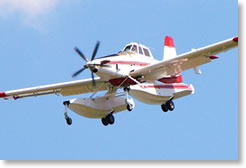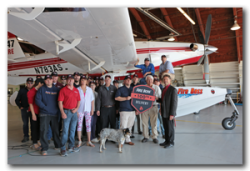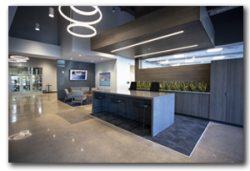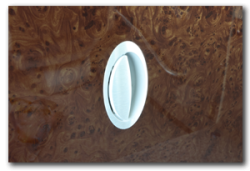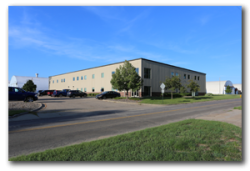Index
What are the proper tire/oleo pressures for Wipline floats? What are the aircraft tail heights on Wipline floats? Float Displacements?What are the proper tire/oleo pressures for Wipline floats?
| Float | Oleo | Nose Wheel | Main Wheel |
| 2100 | NA | 50 PSI | 50 PSI |
| 2350 | NA | 50 PSI | 50 PSI |
| 3000 | NA | 50 PSI | 50 PSI |
| 3450 | NA | 50 PSI | 50 PSI |
| 3730 | 300 PSI/250 ML | 38 PSI | 38 PSI |
| 4000 | 350 PSI/275 ML | 38 PSI | 38 PSI |
| 6100 | 175 PSI/950 ML | 40 PSI | 40 PSI |
| 7000 | See Service Manual | 60 PSI +/- 5 PSI | 50 PSI +/- 5 PSI |
| 8000 | 210 PSI/1140 ML | 60 PSI | 45 PSI |
| 8750 | 425 PSI (+/- 30 PSI)/1152 ML | 60 PSI +/- 5 PSI | 60 PSI +/- 5 PSI |
| 9000 | 210 PSI/1140 ML | 60 PSI | 45 PSI |
| 13000 | 250 PSI/1900 ML | 50 PSI | 50 PSI |
What are the aircraft tail heights on Wipline Amphibious Floats?
| Aircraft | Tail Height |
| Twin Otter on 13000A Floats | 22’8″ |
| Single Otter on 8000A Floats | 20’6″ |
| Cessna Caravan 208 on 8000A Floats | 17’6″ |
| Cessna Caravan 208 on 8750A Floats | 17’11” |
| Cessna Grand Caravan 208B and 208B EX on 8750A Floats | 17’9″ |
| Quest KODIAK on 7000 Amphibious Floats | 18′ 5″ |
| Turbo Beaver MK II on 6100A Floats | 16’2″ |
| Wippy Turbo Beaver MK 1 on 6100A Floats | 14’1″ |
| Beaver MK 1 on 6100A Floats | 14’1″ |
| Cessna Stationaire 206 on 4000A Floats | 12’10” |
| Cessna Stationaire 206 on 3730A Floats | 13’5″ |
| Cessna Stationaire 206 on 3450A Floats | 13’5″ |
| Cessna Skywagon 185 on 4000A Floats | 12’8″ |
| Cessna Skywagon 185 on 3730A Floats | 12’6″ |
| Cessna Skywagon 185 on 3450A Floats | 12’10” |
| Cessna Skylane 182 on 3000A Floats | 13′ |
| Cessna Skywagon 180 on 3000A Floats | 12’10” |
| Maule MX7-235,260 on 3000A Floats | 10’7″ |
| Cessna Skyhawk 172 on 2350A or 2100A Floats | 11′ |
| Cessna Skyhawk 172XP on 2350A Floats | 11′ |
| Husky on 2100A Floats | 11’3″ |
| Champion Scout on 2100A Floats | 11′ |
| Glastar on 2100A Floats | 10’6″ |
| Piper PA18 or PA12 on 2100A Floats | 10’2″ |
Displacement for Wipline Floats
| Model 2100 | ||||
| Amphibious | 100% | 2,185 lbs | 80% | 2,428 lbs |
| Seaplane | 100% | 2,323 lbs | 80% | 2,581 lbs |
| Model 2350 | ||||
| Amphibious | 100% | 2,432 lbs | 80% | 2,702 lbs |
| Seaplane | 100% | 2,570 lbs | 80% | 2,855 lbs |
| Model 3000 | ||||
| Amphibious | 100% | 3,125 lbs | 80% | 3,472 lbs |
| Seaplane | 100% | 3,301 lbs | 80% | 3,668 lbs |
| Model 3450 | ||||
| Amphibious | 100% | 3,600 lbs | 80% | 4,000 lbs |
| Seaplane | 100% | 3,776 lbs | 80% | 4,195 lbs |
| Model 4000 | ||||
| Amphibious | 100% | 3,672 lbs | 80% | 4,080 lbs |
| Seaplane | 100% | 3,802 lbs | 80% | 4,224 lbs |
| Model 6100 | ||||
| Amphibious | 100% | 5,518 lbs | 80% | 6,131 lbs |
| Seaplane | 100% | 5,664 lbs | 80% | 6,293 lbs |
| Model 7000 | ||||
| Amphibious | 100% | 6,808 lbs | 80% | 7,500 lbs |
| Model 8000 | ||||
| Amphibious | 100% | 7,922 lbs | 80% | 8,802 lbs |
| Seaplane | 100% | 8,108 lbs | 80% | 9,009 lbs |
| Model 8750 | ||||
| Amphibious | 100% | 8,240 lbs | 80% | 9,155 lbs |
| Seaplane | 100% | 8,741 lbs | 80% | 9,712 lbs |
| Model 13000 | ||||
| Amphibious | 100% | 12,442 lbs | 80% | 13,824 lbs |
| Seaplane | 100% | 12,844 lbs | 80% | 14,271 lbs |





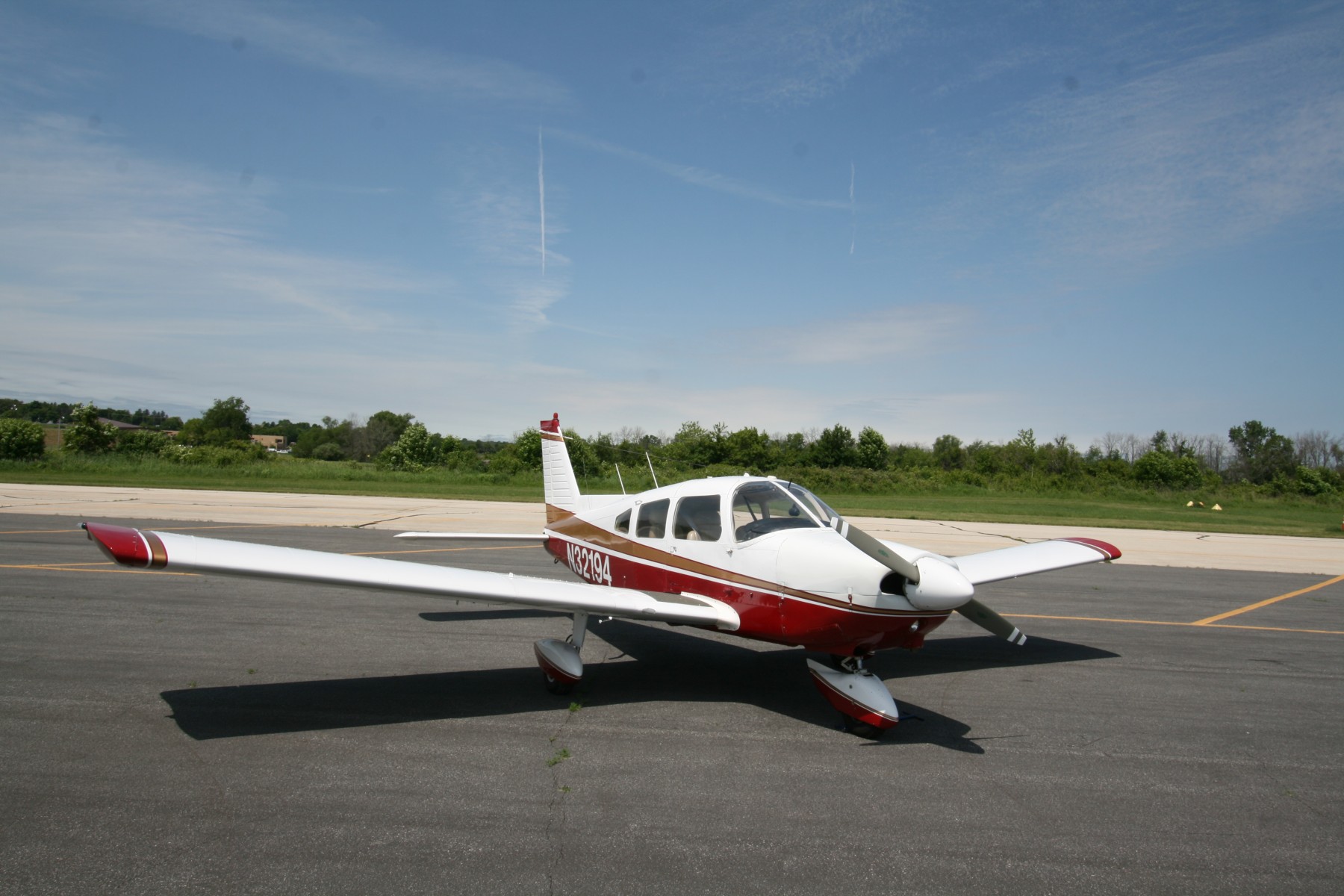

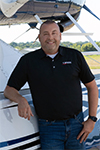

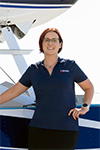


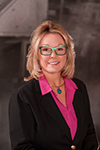
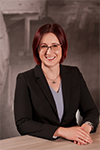


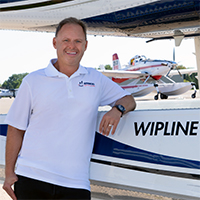

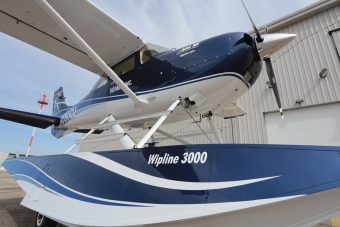
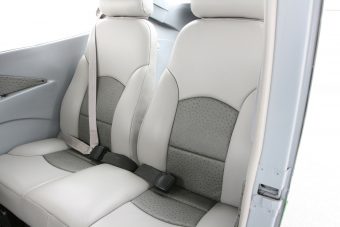




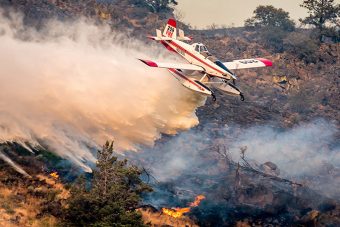



 Ben Wiplinger had a strong interest in aviation long before he began working on Wipline floats. As a child, he built his own glider in the backyard of his parent’s home. Out of concern for his safety, his parents dismantled the aircraft before he could take it on its maiden voyage. His passion for aviation grew stronger as he went on to study aerospace engineering at the University of Minnesota before moving to California to work for Douglas Aircraft for a period of time. He then returned to Minnesota to work for Northwest Air Activities and Peterson-Curtiss Flying Service at the St. Paul Airport. At the age of 25, Ben was one of only six certified aircraft mechanics working in the Minneapolis/St. Paul area. Ben was drafted into the Army Air Forces of the United States before Pearl Harbor and spent time working in Albuquerque, New Mexico, where he developed a pre-oiling system to help the performance of the bombers. He was awarded several decorations by the military for this engineering contribution.
Ben Wiplinger had a strong interest in aviation long before he began working on Wipline floats. As a child, he built his own glider in the backyard of his parent’s home. Out of concern for his safety, his parents dismantled the aircraft before he could take it on its maiden voyage. His passion for aviation grew stronger as he went on to study aerospace engineering at the University of Minnesota before moving to California to work for Douglas Aircraft for a period of time. He then returned to Minnesota to work for Northwest Air Activities and Peterson-Curtiss Flying Service at the St. Paul Airport. At the age of 25, Ben was one of only six certified aircraft mechanics working in the Minneapolis/St. Paul area. Ben was drafted into the Army Air Forces of the United States before Pearl Harbor and spent time working in Albuquerque, New Mexico, where he developed a pre-oiling system to help the performance of the bombers. He was awarded several decorations by the military for this engineering contribution. After WWII, Ben returned once again to his roots in Minnesota and began converting surplus military aircraft into corporate aircraft at South St. Paul Airport. By the close of the 1940s, Ben was operating Wiplinger Aircraft Service, an FBO offering fuel service, aircraft sales, maintenance, restoration and upholstery.
After WWII, Ben returned once again to his roots in Minnesota and began converting surplus military aircraft into corporate aircraft at South St. Paul Airport. By the close of the 1940s, Ben was operating Wiplinger Aircraft Service, an FBO offering fuel service, aircraft sales, maintenance, restoration and upholstery.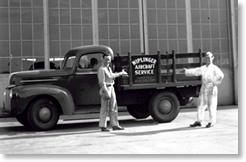
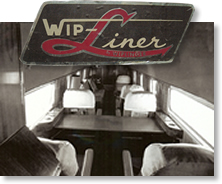 Ben saw a need for executive aircraft in the “pre corporate jet” era and he developed a high class interior fitting for DC-3’s and Lodestars. Ben sold his first “Wip-Liner” in 1947.
Ben saw a need for executive aircraft in the “pre corporate jet” era and he developed a high class interior fitting for DC-3’s and Lodestars. Ben sold his first “Wip-Liner” in 1947. 


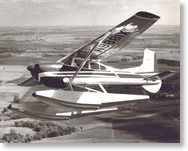




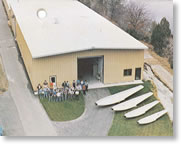
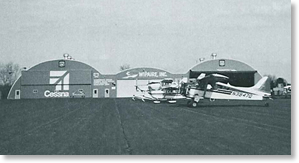
 The 80’s kicked off with the introduction of the Wipline 6000 Float for the de Havilland Beaver in 1982. More than 10 modifications for the Beaver were introduced over then next few years allowing Wipaire to transform the Beaver to a true Seaplane workhorse.
The 80’s kicked off with the introduction of the Wipline 6000 Float for the de Havilland Beaver in 1982. More than 10 modifications for the Beaver were introduced over then next few years allowing Wipaire to transform the Beaver to a true Seaplane workhorse.
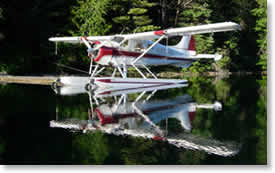

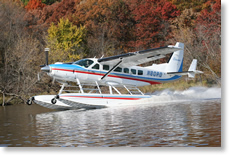
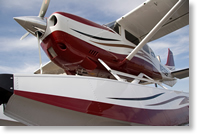
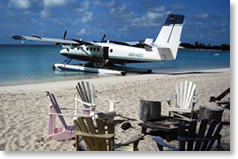 The 90’s saw many new modifications and float certifications. The Cessna 206 co-pilot door and “Wip” tips wing extensions, gross weight increases for the Piper Cub and Cessna Caravan, and numerous other modifications were certified.
The 90’s saw many new modifications and float certifications. The Cessna 206 co-pilot door and “Wip” tips wing extensions, gross weight increases for the Piper Cub and Cessna Caravan, and numerous other modifications were certified.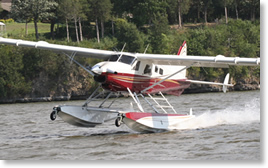 The “Boss Beaver” was introduced in 1996. It combined a selection of our beaver modifications, a turbine engine and our 6000 floats to create a true performance seaplane.
The “Boss Beaver” was introduced in 1996. It combined a selection of our beaver modifications, a turbine engine and our 6000 floats to create a true performance seaplane.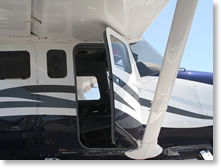
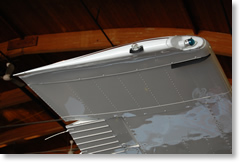
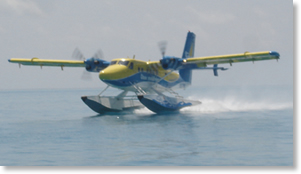
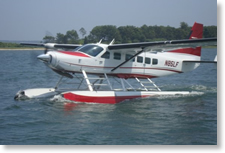

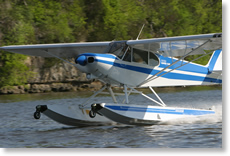
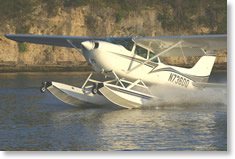
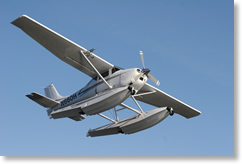
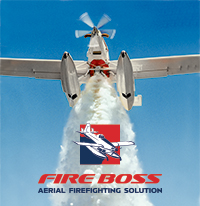
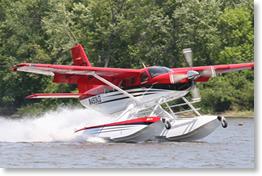 Wipaire received Supplemental Type Certification (STC) of their most recent addition to the Wipline family of products, the Wipline 7000 Amphibious Float installed on the Quest KODIAK, on June 11th, 2010. The Quest KODIAK certification program took roughly three years to complete and included 287 test flights, totaling 162 hours of flying. The hulls are modeled after the successful Wipline 13000 Floats, which have improved rough water handling qualities for float-equipped aircraft. The new floats include the traditional Wipline flat top deck for easy loading and safety. The main gear system has been completely redesigned, which improves reliability and makes for easy maintenance.
Wipaire received Supplemental Type Certification (STC) of their most recent addition to the Wipline family of products, the Wipline 7000 Amphibious Float installed on the Quest KODIAK, on June 11th, 2010. The Quest KODIAK certification program took roughly three years to complete and included 287 test flights, totaling 162 hours of flying. The hulls are modeled after the successful Wipline 13000 Floats, which have improved rough water handling qualities for float-equipped aircraft. The new floats include the traditional Wipline flat top deck for easy loading and safety. The main gear system has been completely redesigned, which improves reliability and makes for easy maintenance.

